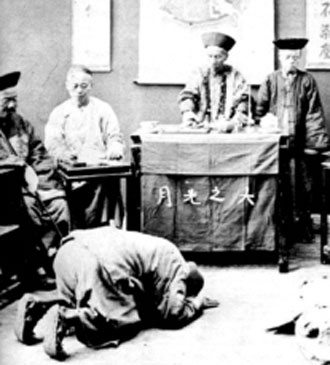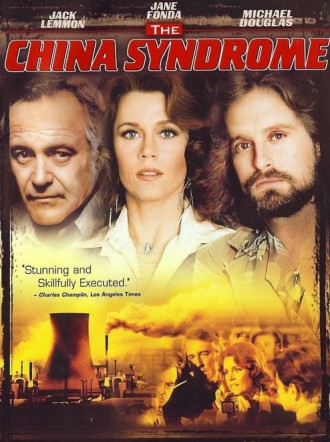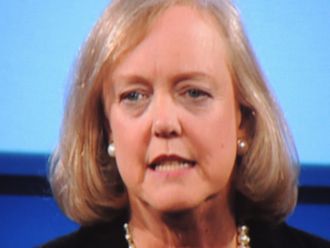 For years, ARM and Intel have been snarling at each other that each other’s chips are more power efficient. ARM has claimed that the reason it was more power efficient thanks to fundamental differences in the ISA (instruction set architecture).
For years, ARM and Intel have been snarling at each other that each other’s chips are more power efficient. ARM has claimed that the reason it was more power efficient thanks to fundamental differences in the ISA (instruction set architecture).
As we reported earlier this week, however, Intel is one of ARM’s biggest fans.
ARM uses RISC and Intel’s x86 uses CISC. ARM says that makes a big difference. However a team from the University of Wisconsin has been looking at the two architectures RISC and CISC and thinks that ARM might be wrong and that ISA is less important.
Their new research paper, which was reviewed in detail by Extreme Tech examines these claims using a variety of ARM cores as well as a Loongson MIPS microprocessor, Intel’s Atom and Sandy Bridge microarchitectures, and AMD’s Bobcat.
The report suggests that ISA can matter in certain, extremely specific cases where die sizes must be 1-2mm2 or power consumption is specced to sub-milliwatt levels. At those rare times, RISC microcontrollers can still have an advantage over their CISC brethren.
But the report suggests that those who claim RISC still has enormous benefits over x86 at higher performance levels are ignoring the fact that RISC and CISC describe design strategies and which fixed technological limitations of years ago and are not important today.
The report said that in the good old days RISC chips could run at significantly higher clocks than their CISC counterparts thanks to reduced complexity, but that’s no longer true.
Now it is process technology controls clock speed, not one’s choice of RISC vs. CISC. Today a Core i7 and Cortex-A57 have far more in common due to decades of experience have led designers to adopt strategies and structures that work, even if the underlying ISA is different.
They concluded that the RISC vs. CISC argument should be cast into the dustbin of history even if it still has some relevance in the microcontroller realm. Basically an x86 chip can be more power efficient than an ARM processor, or vice versa but it has nothing to do with the instruction set.


















